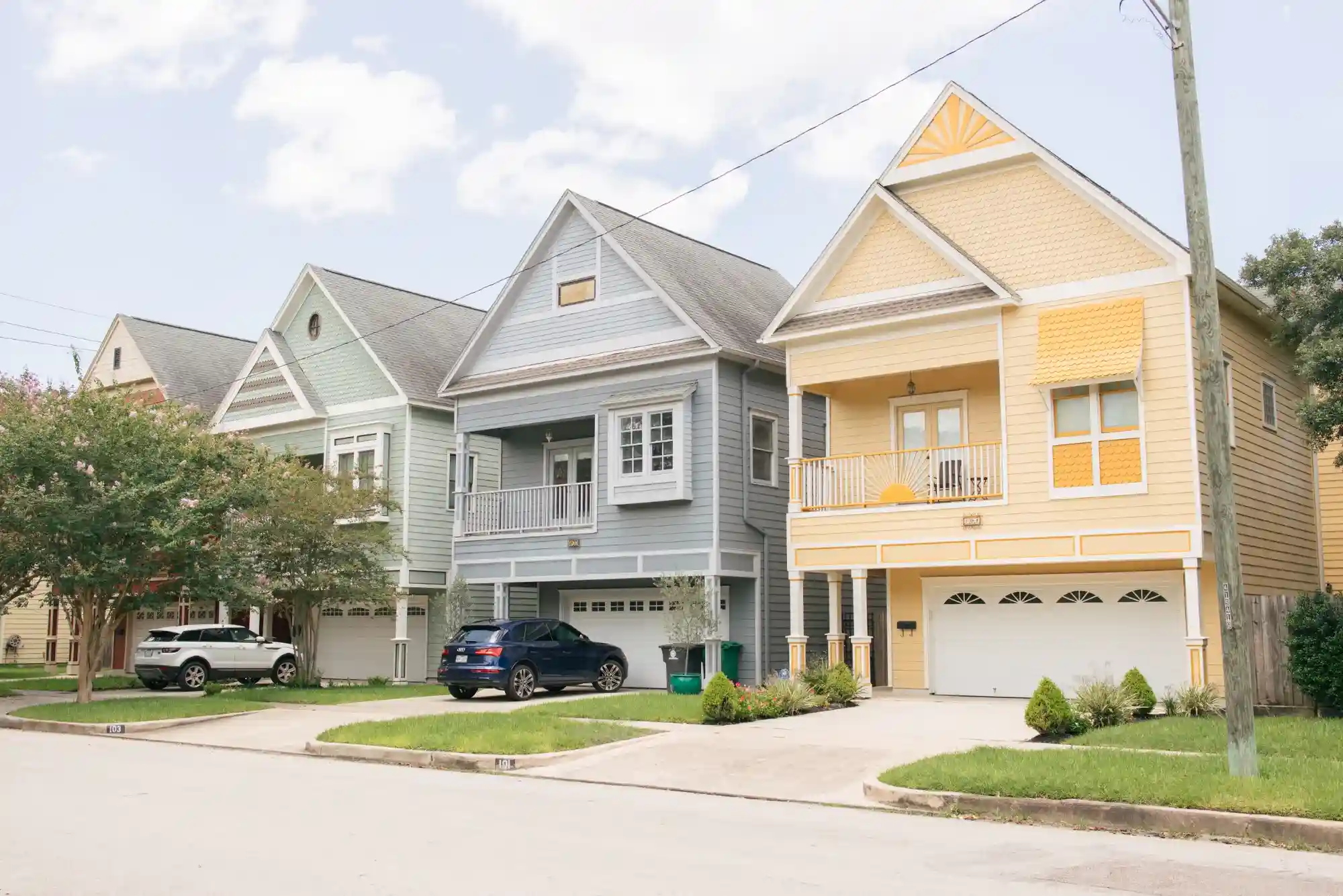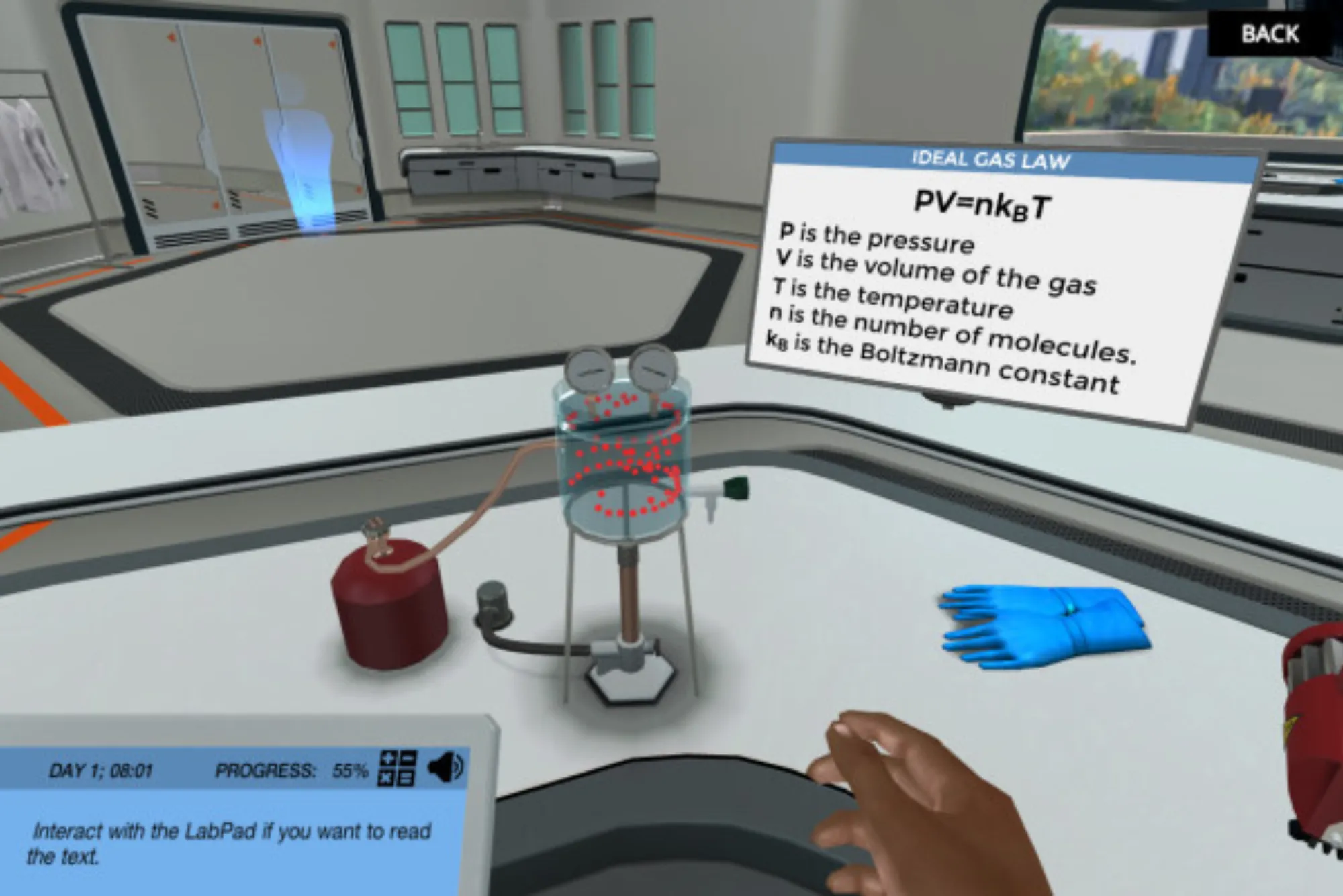When considering moving to a new area, safety is often at the top of the list of concerns. Whether you’re looking to rent or buy, knowing how to evaluate the safety of a neighborhood can help ensure peace of mind and protect your investment. In this guide, we will explore practical ways to determine if a neighborhood is safe and offer tips to make an informed decision.
Understanding Safety Factors
Before delving into the specifics of evaluating a neighborhood, it’s important to recognize that safety is subjective. What may seem safe to one person might not feel secure to another. Factors like crime rates, neighborhood maintenance, and overall atmosphere can all impact your perception of safety.
1. Crime Rates and Statistics
One of the first steps in evaluating the safety of a neighborhood is to research its crime rates. Various online resources provide crime statistics by location, allowing you to see if a particular area has a high incidence of crime. Websites like local police department sites or national crime databases offer up-to-date data on reported incidents, including violent crime and property theft.
It’s also a good idea to visit the area at different times of the day and night. Crime doesn’t always follow a predictable pattern, and visiting the neighborhood at night can provide insight into how safe the area feels after dark.
2. Local Police Presence
Another indicator of safety is the level of police presence in a neighborhood. Areas with a higher police presence tend to be safer, as law enforcement helps deter crime. Check for nearby police stations or talk to residents about their experiences with law enforcement.
Additionally, some neighborhoods invest in neighborhood watch programs. These community initiatives foster collaboration between local residents and police, creating a safer environment for everyone. These programs can significantly reduce crime, as active participation from residents keeps criminal activity at bay.
3. Neighborhood Reputation
The reputation of a neighborhood can offer valuable insight into its safety. Speak with current residents or local businesses to get a sense of the area’s atmosphere. If you hear consistent reports of safety concerns, it’s worth investigating further. On the other hand, areas with a good reputation often have higher property values and a strong sense of community, which can contribute to overall security.
Additionally, consider the overall maintenance of the area. Well-kept streets and public spaces often reflect an engaged community that cares about its environment and safety. If you see signs of neglect, such as littered streets or abandoned properties, it could indicate a lack of attention to safety or security.
4. The Presence of Emergency Services
A neighborhood with easy access to emergency services like hospitals, fire stations, and ambulances is typically safer. Proximity to such services can make a big difference during an emergency, ensuring help is close by when needed. Before making a decision, look into the nearest emergency services and evaluate their response times.
5. Traffic and Pedestrian Safety
Safety isn’t only about crime. Traffic safety is another major consideration, especially if you have children or frequently walk in the area. Look for well-marked pedestrian crossings, traffic lights, and low traffic volumes. Neighborhoods with a lot of traffic congestion may be less safe for walking or cycling. Evaluate how people in the area interact with traffic and whether there are visible signs of accidents or traffic violations.
Additionally, neighborhoods with accessible public transportation often have better connectivity, which can be crucial for safety. Easy access to buses, subways, or taxis reduces the likelihood of individuals resorting to dangerous travel alternatives.
6. Check for Environmental Factors
Sometimes, the safety of a neighborhood is impacted by its environmental conditions. Areas prone to flooding, fires, or other natural disasters may be riskier. Research any environmental hazards common to the area you are considering. For example, flood-prone zones will typically have risk mitigation strategies, but it’s still worth knowing how the area handles natural disasters.
7. Use Online Resources
Online resources provide an easy way to gather data on crime rates and other safety-related factors. Websites such as NeighborhoodScout, CrimeReports, and local government websites can provide valuable insights. Additionally, Google Maps can help you get a feel for the neighborhood’s layout. Zoom in on specific areas to observe street conditions, public spaces, and the types of businesses operating there.
8. Talk to Local Real Estate Agents
Real estate agents are often knowledgeable about the safety of various neighborhoods. They can provide insights based on their experience working in the area and help you compare crime statistics, neighborhood dynamics, and more. Some agencies may even offer detailed neighborhood safety reports for potential buyers or renters.
9. Visit the Area at Different Times
A neighborhood’s character can change dramatically depending on the time of day. Visiting during both the daytime and nighttime can give you a better understanding of the atmosphere. Some areas are lively and safe during the day but may become quiet or dangerous after dark. Check for lighting on streets and common areas, as well as whether any local establishments stay open late.
10. Social Media and Community Apps
Check social media platforms and neighborhood apps like Nextdoor, where residents can share information and discuss local issues. These platforms often provide real-time updates on criminal activity, safety concerns, and community events. If the neighborhood has frequent posts about crime or safety incidents, it may be a red flag.
How Financial Stability Plays a Role in Neighborhood Safety
While evaluating a neighborhood’s safety, don’t forget to consider the economic conditions of the area. A financially unstable neighborhood may struggle with maintaining safety, infrastructure, and community resources. For example, if you’re interested in purchasing a home in the area, knowing about mortgage options like the Emirates NBD mortgage might help you make a better financial decision. Areas with financial instability may also have lower property values, making it harder to secure financing at favorable rates.
Additionally, the Al Fuadexchange rate could impact your ability to move to the area, especially if you’re purchasing from abroad or transferring funds for investments. If you’re unfamiliar with the local exchange rates, it’s wise to check current values and how fluctuations may affect your financial planning. You can check the latest rates with trusted providers, including resources like Al Fuad Exchange Rate, for a more accurate understanding.
Conclusion
Determining the safety of a neighborhood involves more than just looking at crime rates. It’s about gathering comprehensive data on various factors, including law enforcement, local businesses, emergency services, and environmental hazards. By using the resources available to you—online databases, local expertise, and first-hand experiences—you can assess whether a neighborhood meets your needs for safety and security.




